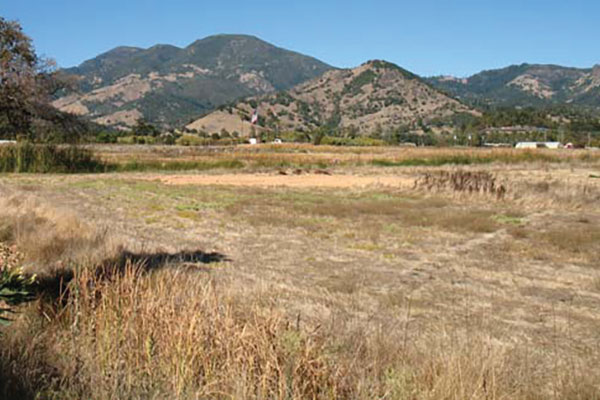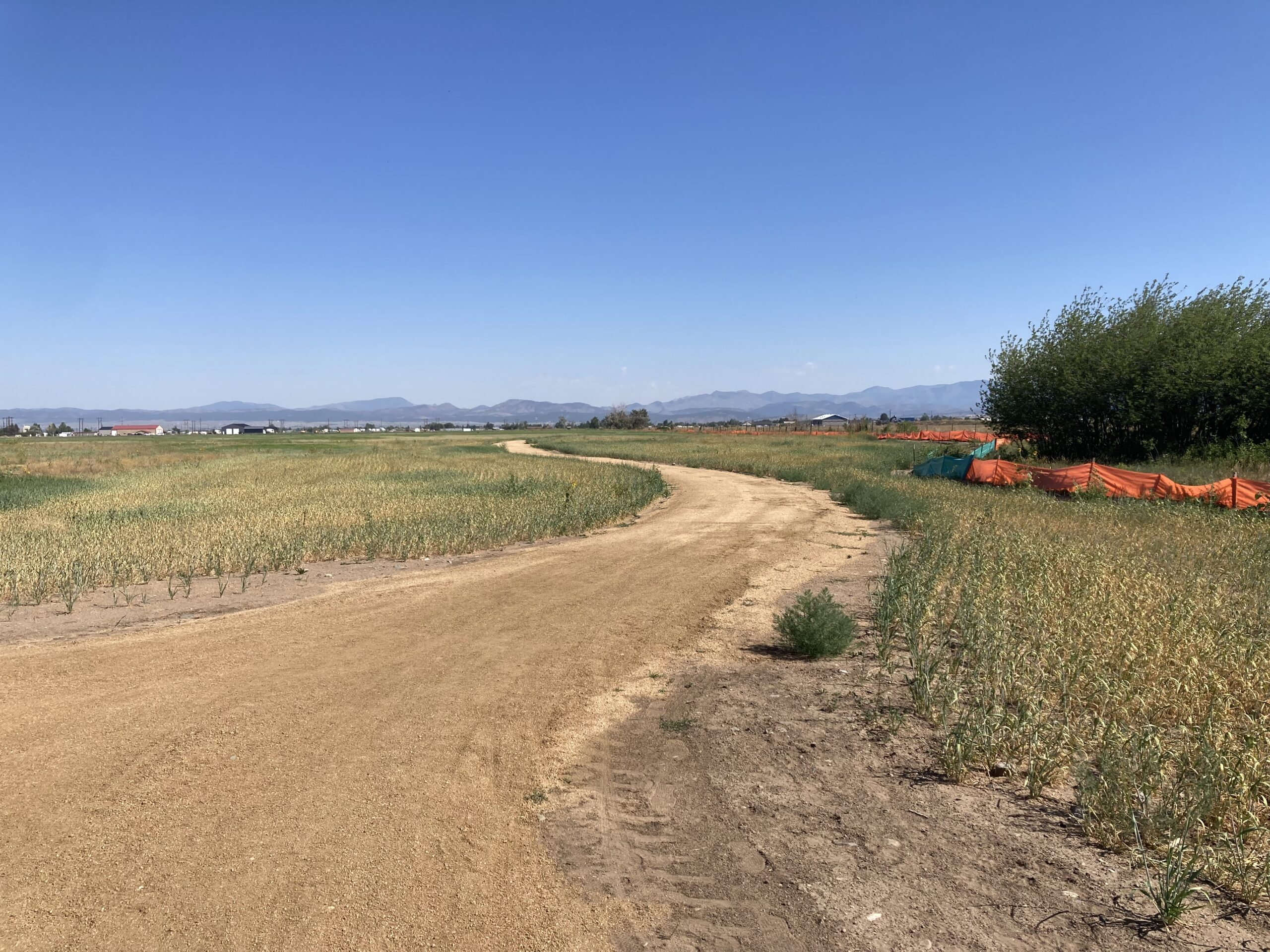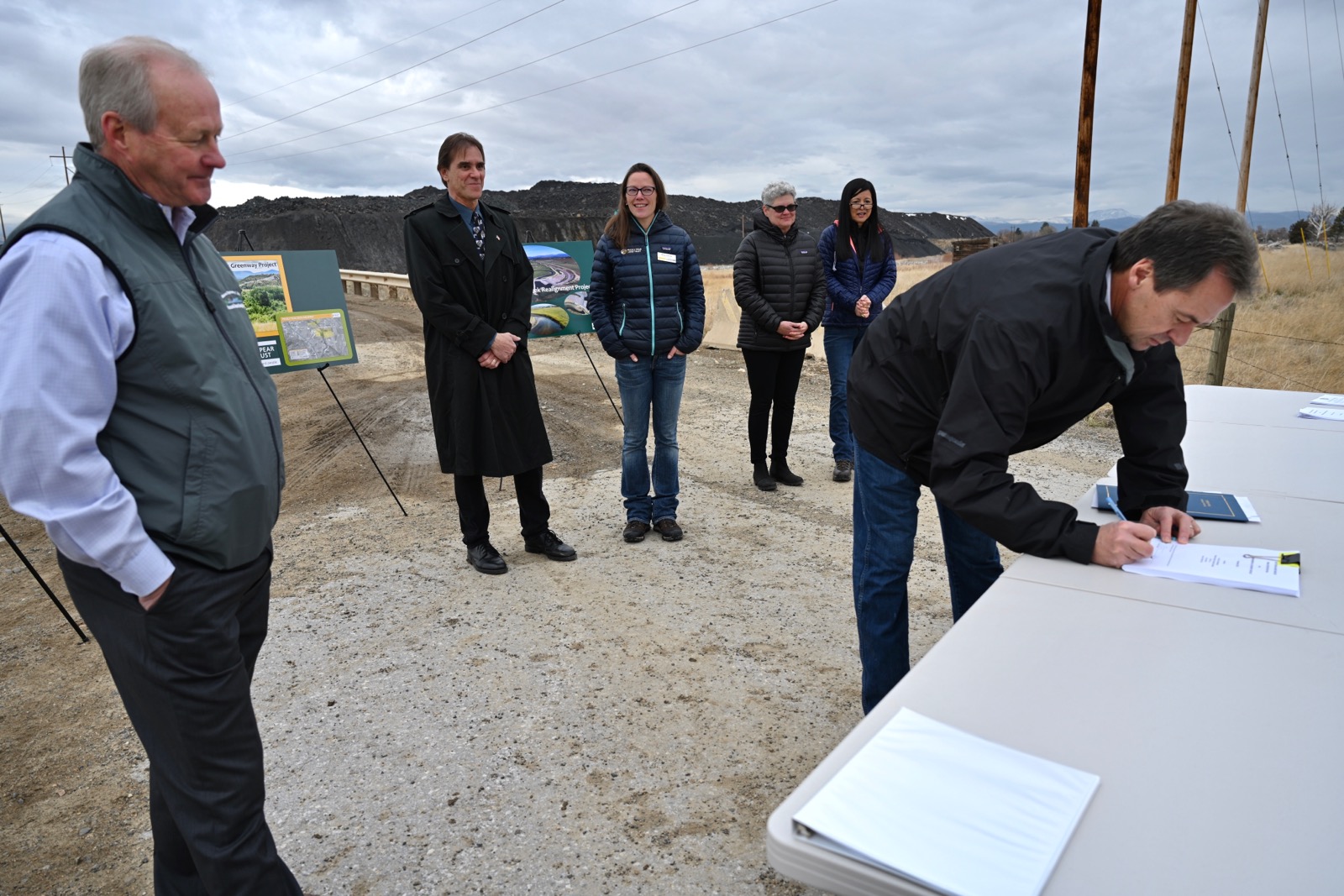East Helena

NRDP
History / Background
The East Helena ASARCO Smelter site is located in the City of East Helena in Lewis and Clark County, Montana. The site includes a 140-acre former lead smelter and about 2,000 acres of surrounding lands, including the City of East Helena and nearby rural agricultural lands. ASARCO, LLC (ASARCO) operated a lead smelter at the site between 1888 and 2001, producing lead bullion, copper by-products, and food-grade sulfuric acid. The smelting and plant operations contaminated the former smelter site and surrounding lands through air emissions, direct discharge to surface water, and discharge to groundwater. Releases of hazardous substances affected the air, groundwater, surface water, and soils in and around the smelter site. The primary contaminants in groundwater are arsenic and selenium.
The site was listed on the National Priorities List in 1984 pursuant to Section 105 of the Comprehensive Environmental Response, Compensation, and Liability Act (CERCLA). Cleanup actions were conducted between 1984 and 1997 as voluntary actions by ASARCO or remedial actions conducted under CERCLA with EPA oversight. In 1997, EPA initiated transfer of responsibility for on-going remedial activities at the facility from its CERCLA program to its “Corrective Action” program under the Resource Conservation and Recovery Act (RCRA). This process was initiated by a Consent Decree effective May 5, 1998. In 2001, ASARCO suspended operations of the facility. ASARCO filed for bankruptcy in 2005 and, pursuant to a bankruptcy settlement in 2009, paid $100 million into the Montana Environmental Custodial Trust to be used for cleanup and restoration of the smelter site and impacted areas. The State of Montana, represented by the Montana Department of Environmental Quality (DEQ) and the Montana Natural Resource Damage Program (NRDP), is a beneficiary of the Custodial Trust. Ownership of the facility was transferred to the Montana Environmental Trust Group (METG) as Trustee for the Custodial Trust. METG is conducting cleanup of the site pursuant to RCRA. EPA is the lead agency overseeing the RCRA corrective actions, in consultation with DEQ, and also consults with the State on budgets and implementation. Additional information on the site and remediation can be found on EPA’s website (https://cumulis.epa.gov/supercpad/cursites/csitinfo.cfm?id=0800377) and METG’s website (https://www.mtenvironmentaltrust.org/east-helena/).
In the 2009 settlement, the State of Montana received $5 million plus interest in natural resource damage claims, to be used for restoration or replacement of lost natural resources associated with the East Helena ASARCO smelter site. NRDP finalized the East Helena Asarco Smelter Final Restoration Plan and Environmental Assessment Checklist (Restoration Plan) in 2019, allocating the $5 million and interest. The Restoration Plan allocated $2.1 million to groundwater replacement actions, $3.2 million to compensation for lost recreational use of resources, and $160,000 to surface water restoration actions.
Injured Resources
Releases of hazardous substances from the ASARCO East Helena Smelter affected the air, groundwater, surface water, and soils in and around the smelter site. Contamination of groundwater was the main focus of the State’s 2006 Proof of Claim.
Smelting operations heavily impacted groundwater at the site. The main contaminants of concern are arsenic and selenium, though aluminum, antimony, cadmium, lead, manganese, mercury, thallium, vanadium, and zinc have all been detected at concentrations above drinking water standards. The groundwater contamination plumes stretch from the smelter site north/northwest to the City of East Helena. In 2016, the Montana Department of Natural Resources and Conservation established the East Valley Controlled Ground Water Area to prevent human exposure to contaminated groundwater and to protect public water supplies. The Controlled Ground Water Area establishes restrictions on groundwater use to protect humans and livestock from exposure to the contamination, and to control groundwater pumping that could potentially spread the plumes. More information on the Controlled Ground Water Area can be found here: http://dnrc.mt.gov/divisions/water/water-rights/controlled-ground-water-areas/east-valley
Surface water concerns are related to the groundwater injury. Prickly Pear Creek, which flows along the east and north boundaries of the smelter site, is a losing stream through most of this reach, meaning it leaks water to the underlying groundwater system. A dam at the smelter site created the Upper and Lower Lake complex, increasing infiltration to groundwater. Surface water impacted groundwater in two ways: contamination in sediments contributed to groundwater contamination through infiltration of surface water, and infiltration caused groundwater mounding, which impacted movement of groundwater contaminant plumes. Remedial actions at the site have since removed the dam and reconstructed 1.25 miles of Prickly Pear Creek.
Restoration Plan
In 2019, the East Helena ASARCO Smelter Final Restoration Plan and Environmental Assessment Checklist (Restoration Plan) was finalized. The Restoration Plan allocated $5.9 million ($5 million plus interest) to restoration actions. The goals of the Restoration Plan are to:
- Replace injured groundwater resource and associated services;
- Restore riparian vegetation, fisheries, and natural stream flow; and
- Compensate for lost recreational use.
The Restoration Plan selected three categories of restoration actions (groundwater replacement, surface water restoration, and recreation compensation) to achieve these goals and allocated the $5.9 million between each category.
Groundwater Replacement
To compensate the public for lost use of groundwater in the East Valley Controlled Groundwater Area, the Restoration Plan allocated $2.1 million for groundwater replacement. Following public consideration, use of these funds was determined in consultation with the City of East Helena, relying on the 2018 City of East Helena Water Master Plan. This plan identified replacement of the McClellan water tanks as a preferred alternative for water system improvements. The McClellan storage tanks had a combined capacity of 550,000 gallons and were built over 70 years ago (in 1928 and 1948). Both tanks are severely leaking and deteriorating due to age. The Restoration Plan allocated $2.1 million to the construction of a new 1-million-gallon pre-stressed concrete tank, replacing the McClellan tanks.
Surface Water Restoration
The Restoration Plan allocated $160,000 for Prickly Pear Creek restoration with the goal of restoring riparian vegetation, fisheries, and natural streamflow. This includes:
- $125,000 available for the Prickly Pear Creek Re-watering Project. This is a collaboration between the Water Quality Protection District, Lake Helena Watershed Group, Prickly Pear Water Users Association, and Helena Valley Irrigation District to maintain in-stream flows in Prickly Pear Creek in a reach directly below the Prickly Pear Water Users diversion. More information on this project can be found at: https://www.lakehelenawatershed.org/prickly-pear-creek-rewatering
- $35,000 is for augmentation of riparian vegetation along Prickly Pear Creek. Specifically, this money is planned to be used for planting large cottonwood trees along the reclaimed stretch of Prickly Pear Creek to improve fish and wildlife habitat and structural diversity.
Recreation Compensation
To compensate for lost recreational use of the project area, the Restoration Plan allocated $3.2 million for constructing a trail and increasing recreational access. The $3.2 million was allocated to construction of 8 miles of the Prickly Pear Land Trust’s concept for 11.4 miles of trail that would extend from Helena Regional Airport to Montana City. The Prickly Pear Land Trust has taken ownership of State-option lands and is collaborating with NRDP on the construction of 8 miles of trail associated with the Restoration Plan.
More information on the Prickly Pear Greenway can be found on Prickly Pear Land Trust’s website: https://pricklypearlt.org/project/prickly-pear-creek-greenway/







